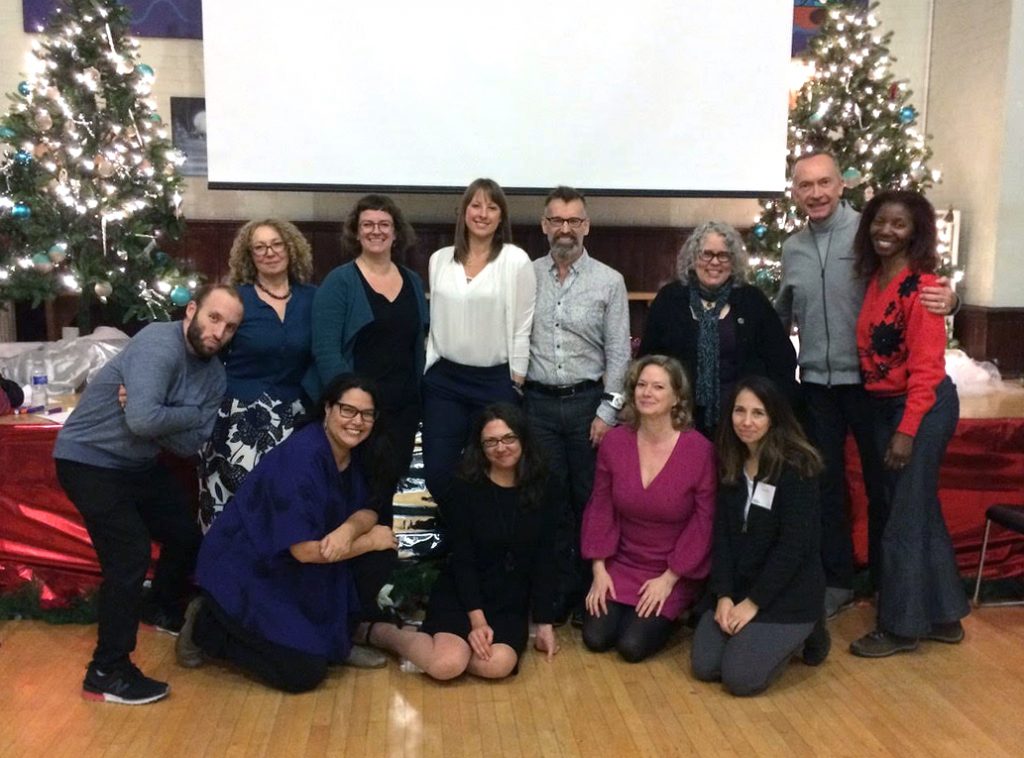Melissa: Adaptive change has three qualities and they all need to be present for an organization to find an innovative solution that works. Evaluating proposed solutions against the three aspects of innovation allows us to understand if an organization is merely tweaking things or proposing a solution that is really diverging from how they operate now. For an adaptive change solution to be successful, the organization needs to diverge.
The first thing an organization must do is identify an underlying assumption about how they operate and then create a shift in how they do things. These assumptions are often unconscious. For example – I admit this is kind of an old-fashioned example – a company assumes that if it sends print media to its subscribers and single-ticket buyers, they will respond by purchasing tickets. And at one point in time, they did. So, buying tickets because of a print campaign used to be a reliable predictor of success. Today, of course, people get their information in so many different ways. So, a company needs to shift its assumptions about how people find out about shows and recognize that it is different now, with different media used to deliver information. And the company concludes they probably need to communicate with their subscribers and ticket buyers a little more often and differently. So that’s a new hypothesis. Something shifted in their thinking. They have gone from believing that communicating with subscribers and ticket buyers with print media will suffice to understanding that the way and mediums they use to communicate have to change.
The second quality that has to be present in innovation is that the way of operating has to diverge from your current practice. This shift can’t be a slightly brighter hue of what you’ve already been doing but it’s actually – to shift metaphors! – making a hard-left turn, which is the hardest turn to make when you’re waiting in traffic. It’s important not just to fall back into the muscle memory of the organization’s practices but to really try something different. You have to shift practice, saying, “Let’s get off the beaten path and stop doing what we have normally done.”
An organization can come up with a lot of cool stuff that is interesting and fun but it has to deliver public value. This is the third component. What do I mean by public value? It means you have to deliver on the mission, the raison d’être of your organization. If your mission is to deliver a certain style of dance and you’re talking about something you know is really exciting for the people inside the organization but is not really taking the public into account, you need to think again. The organization needs to ask itself: “Is this really worth spending our time on, given our limited resources?”
To understand if you are undertaking a process leading to real adaptive change, as opposed to one that’s heading toward a known solution that you or others have already had, it’s important to ensure that all three components are in place. If you have tried known solutions, tweaking them to make them work for your organization––whether it’s a best practice or simply a good practice you’ve derived from a different field or a different-sized organization––and you’re still not making progress, then you need to embrace an adaptive change process that really pushes you to look underneath your current solutions and ask: “What is our new hypothesis? How could we operate in a way that would really take us on a different path? And, finally, do we believe this will really deliver public value?” And you won’t know the answer to these three questions until you get started and get some feedback.
This is why you usually need a process facilitator. Without one, people tend to act on the first solution that occurs to them. A process facilitator holds the team accountable and gives them courage and techniques that will allow them to examine divergent viewpoints, be vulnerable, and have the courage to ask harder and harder questions. Once they’ve done this, they can then try stuff out and then come back together and reflect on what they should be doing next.
I’m no angel but, as a facilitator, I have to be a better angel, guiding the group, holding them together, to grapple with the deep, gnarly, tough challenges it faces. A facilitator will give the group the confidence to trust the process and to believe that if they follow it, their organization will be vibrant, resilient, and vital to Toronto or whatever city they are working in.









